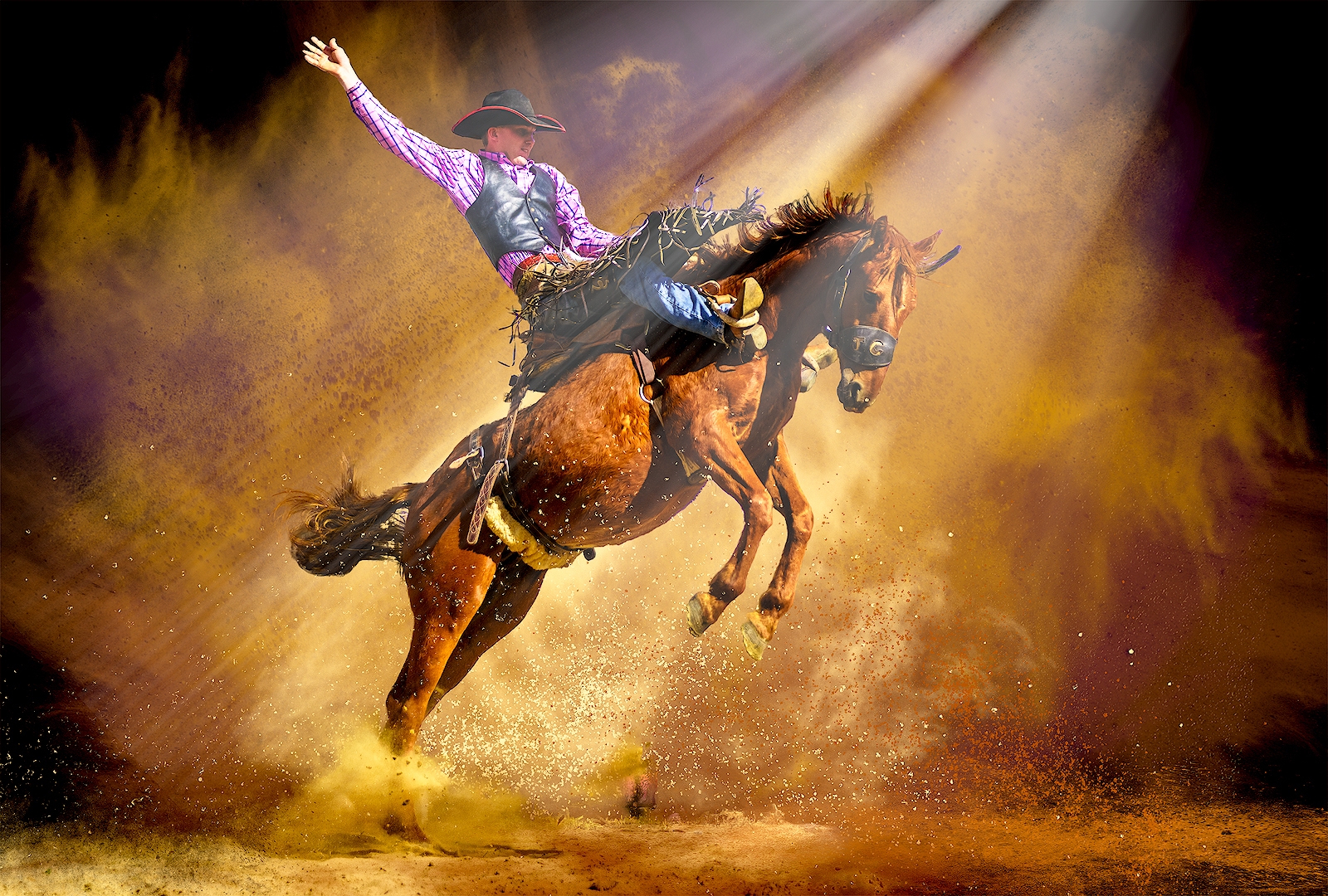The Thrilling World of Rodeo: Where Grit and Glory Meet

In the heartland of America, where vast expanses of prairie stretch as far as the eye can see, there exists a sport that epitomizes the spirit of the frontier: rodeo. This adrenaline-pumping spectacle brings together courage, skill, and a deep-seated connection to the land. Steeped in tradition yet evolving with the times, rodeo remains a beloved cultural phenomenon that captivates audiences worldwide.
A Rich History
Rodeo's roots trace back to the late 19th century, when cattle ranching was at its peak in the western United States. What began as informal competitions among cowboys to showcase their riding and roping prowess soon evolved into organized events. By the early 20th century, rodeo had gained popularity as a spectator sport, drawing crowds eager to witness daring feats of horsemanship and cowboy skills.
The Events
Central to the rodeo are its core events, each demanding a unique set of abilities:
-
Bareback Riding: In this event, riders cling to a wild, bucking horse with nothing more than a rigging and sheer determination.
-
Saddle Bronc Riding: Similar to bareback, but with a saddle, riders must stay on a bucking bronco using a specialized saddle and precise technique.
-
Bull Riding: Arguably the most thrilling event, bull riders attempt to stay atop a raging bull for eight seconds, relying on balance and fearlessness.
-
Steer Wrestling: Also known as bulldogging, this event requires a cowboy to wrestle a steer to the ground by grabbing its horns and forcing it off-balance.
-
Team Roping: A true display of teamwork, this event features two riders who must rope a steer around the horns and hind legs in the quickest time possible.
-
Barrel Racing: Women compete in this fast-paced event, guiding their horses in a cloverleaf pattern around barrels for speed and precision.
Each event showcases not only the physical prowess of the competitors but also their deep understanding of livestock behavior and their ability to form a harmonious partnership with their horses.
The Athletes
Rodeo athletes, often referred to simply as cowboys or cowgirls, embody the rugged, independent spirit of the American West. These competitors train rigorously to hone their skills, balancing strength, agility, and mental toughness. Many come from ranching families, where rodeo is not just a sport but a way of life passed down through generations.
The Spirit of Competition
Beyond the athleticism and spectacle, rodeo embodies a sense of camaraderie and sportsmanship. Competitors cheer for each other's successes and offer support during challenging times. Rodeo events foster a community spirit where traditions are honored, and newcomers are welcomed with open arms.
Rodeo Today
While rooted in tradition, modern rodeo has adapted to reflect contemporary values and concerns. Animal welfare practices have become a top priority, ensuring the well-being of the livestock involved. Rodeo organizations implement strict regulations and veterinary standards to safeguard the animals and promote responsible stewardship.
Global Appeal
Though deeply ingrained in American culture, rodeo's popularity has spread worldwide. International competitions attract top talent from across the globe, showcasing diverse styles and techniques. From Canada to Australia, rodeo enthusiasts gather to celebrate this thrilling sport and its rich heritage.
Conclusion
Rodeo is more than just a sport; it's a celebration of heritage, courage, and the enduring bond between humans and animals. Whether you're a lifelong fan or a newcomer to the arena, experiencing the exhilaration of a rodeo event is sure to leave a lasting impression. As the sun sets over the dusty arena and the crowd cheers for another unforgettable ride, one thing becomes clear: the spirit of rodeo lives on, embodying the timeless values of determination, respect, and the unyielding pursuit of glory.
- Arts
- Business
- Computers
- Juegos
- Health
- Home
- Kids and Teens
- Money
- News
- Recreation
- Reference
- Regional
- Science
- Shopping
- Society
- Sports
- Бизнес
- Деньги
- Дом
- Досуг
- Здоровье
- Игры
- Искусство
- Источники информации
- Компьютеры
- Наука
- Новости и СМИ
- Общество
- Покупки
- Спорт
- Страны и регионы
- World


